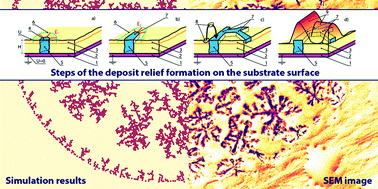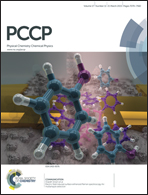Atmospheric pressure PECVD nanoparticles: mechanism of nanoparticle self-organisation into micron sized fractal clusters on a solid surface
Abstract
This paper covers the results from a study of the formation mechanism of fractal clusters from nanoparticles synthesised in atmospheric pressure radio frequency discharge. Two-dimensional structures with random configuration and self-similarity properties are formed by nanoparticles on a solid substrate surface. The typical linear dimensions of such structures are in the micron range. On the basis of the previously demonstrated experimental results, a physico-mathematical model of the nanoparticle self-organisation was developed. The physical model includes the electrical charge effect of the deposit surface, the spatial distribution of the surface electrical potential and the topography rearrangement phenomenon under the arising electrostatic forces. The threshold character of the agglomeration process initiation was found. The dependence of the formed structure topography on the character of the electrical potential change was demonstrated. The requisite conditions for the classical fractal formation were revealed. The results from the computational simulation, which was conducted with the use of fractal analysis, indicate a high level of coincidence with the experimental results.


 Please wait while we load your content...
Please wait while we load your content...